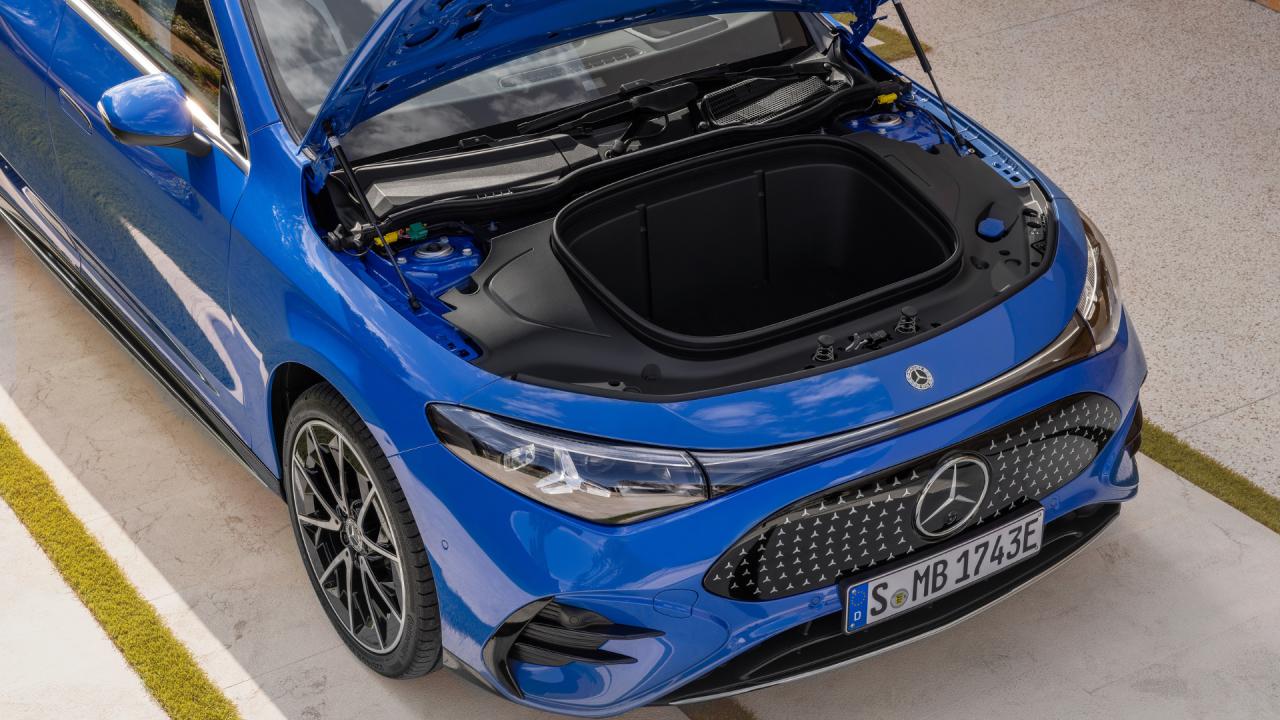The name ELF stands for Experimental-Lade-Fahrzeug, or Experimental Charging Vehicle. Based on a Mercedes-Benz EQV, its unassuming exterior hides a suite of advanced technologies designed to test the limits of current and future charging standards. The primary goal is not just speed, but creating a holistic and convenient ecosystem for electric vehicles.
Pushing Kilowatts to the Limit
The headline figure of charging 100 kWh in 10 minutes is achieved through a massively upgraded Combined Charging System (CCS). The ELF can handle a charging power of up to 900 kW at 1,000 amps. To put that into perspective, most public fast-chargers in Europe currently operate between 150-350 kW. This leap in performance is made possible through a partnership with Alpitronic, a specialist in high-power charging, and involves significant advancements in battery thermal management, power electronics, and cooling for charging cables and connectors.
But the ELF isn't limited to CCS. It also serves as a testbed for the Megawatt Charging System (MCS), a standard originally developed for heavy-duty electric trucks. This allows engineers to study the thermal resilience and performance limits of components under extreme charging conditions, with lessons learned directly influencing the development of future long-range passenger cars and fleet vehicles.
More Than Just Fast Charging: A Mobile Power Plant
The ELF project goes far beyond sheer speed. It is a comprehensive platform for testing a range of charging solutions that will define the next generation of EVs.
One of the most significant features is its extensive bidirectional charging capability. This technology allows the vehicle to not only receive power but also supply it back. The ELF tests this in several ways:
- Vehicle-to-Home (V2H): In the event of a power outage, the van’s battery, which can hold between 70-100 kWh, could power an average household for several days.
- Vehicle-to-Grid (V2G): The vehicle can feed energy back into the electrical grid during peak demand, helping to stabilize the network and potentially generating income for the owner.
- Vehicle-to-Load (V2L): The system can directly power tools, camping equipment, or other external devices, essentially turning the minivan into a large mobile power bank.
Mercedes-Benz has confirmed that the hardware for DC bidirectional charging will be included in the upcoming electric CLA and GLC models. The first commercial V2G services are scheduled to launch in Germany, France, and the UK from 2026.
The Convenience of Automated Charging
To further streamline the user experience, the ELF is also testing automated and wireless charging technologies. This includes an inductive charging system that transmits up to 11 kW of power wirelessly via a plate on the ground, removing the need for physical cables for overnight charging. The vehicle's systems assist the driver in parking perfectly over the charging plate to ensure an efficient connection.
While the ELF itself will never enter serial production, it serves a critical purpose. The technologies it is pioneering are already finding their way into concept cars like the AMG GT XX, which recently demonstrated a charging peak of over 1,000 kW. The insights gained from this rolling laboratory will ensure that the future of electric driving is not only sustainable but also exceptionally convenient, closing the gap with the fossil-fuel era for good.

